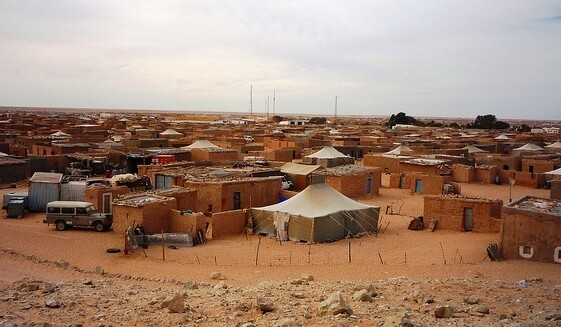Over a decade since its adoption by the UN General Assembly, the norm of the Responsibility to Protect (RtoP) remains contested, and its “pillar three” component regarding coercive intervention remains particularly controversial. The conflation of RtoP and humanitarian intervention, however, occurs to the detriment of noncoercive policy tools that pose fewer risks than the use of force, both in terms of externalities, such as civilian harm, as well as in terms of legitimacy issues regarding the broader normative framework. In this article, I work from the premise that in the wake of mass atrocity situations, facilitating access to asylum, granting temporary protection, and upholding the principle of non-refoulement represent essential steps toward fulfilling the international norm of RtoP. Through these steps, states can address RtoP’s call for collective international response in a “timely and decisive manner” to protect civilian populations and prevent further victimization in the context of genocide, war crimes, ethnic cleansing, and crimes against humanity.
There are robust foundations for connecting RtoP to refugee response, including the link between mass atrocity crimes and mass displacement. Large refugee flows often stem from mass atrocities in conjunction with a state’s “manifest failure” to provide internal protection for its citizens. RtoP as refugee response also fits with the norm’s call for the international community to “use appropriate diplomatic, humanitarian, and other means” to help protect populations from mass atrocity crimes. However, the implementation of RtoP as refugee protection faces significant obstacles regarding responsibility-sharing. These obstacles must be engaged if we are to consider paths forward for the meaningful but noncoercive implementation of RtoP in the wake of mass atrocity–generated refugee crises.
The notion of what constitutes a “fair share” in the allocation of refugee protection responsibilities is highly contested. While much attention has focused on the capacity of states to offer protections, less attention has been paid to how a state’s past policy decisions might also shape its responsibility to protect refugees. This article explores the role of culpability as a criterion in orchestrating RtoP responsibility-sharing, building upon previous work rooted in theories of reparations, while charting a distinct course. In particular, I draw upon the climate justice and political realism literatures as useful and pragmatic frameworks to articulate responsibilities to protect refugees and to address equity and legitimacy issues in RtoP responsibility-sharing. Though there have been considerable efforts in theorizing refugee “burden-sharing,” practical questions regarding how such responsibilities might be better framed to appeal to the public have been largely ignored. In addressing the legitimacy and pragmatics of responsibility-sharing, I suggest ways to connect refugee responsibilities to states’ past policy decisions and national interests.
Full article available to subscribers only. Click here for access.
More in this issue
Spring 2017 (31.1) • Essay
Introduction: The Responsibility to Protect and the Refugee Protection Regime
Would states be moved to take in more refugees if the problem was framed explicitly in terms of the Responsibility to Protect (RtoP)? In January 2016, ...
Spring 2017 (31.1) • Essay
Human Rights, Global Ethics, and the Ordinary Virtues
Drawing on research from site-visits to eight countries, this essay explores whether human rights has become a global ethic, and, if so, how the concept ...

Spring 2017 (31.1) • Essay
Rethinking the Concept of a “Durable Solution”: Sahrawi Refugee Camps Four Decades On
The Sahrawi people have been housed in refugee camps in Tindouf, Algeria since 1975. This essay uses the case of the Sahrawi to illustrate the problematic ...